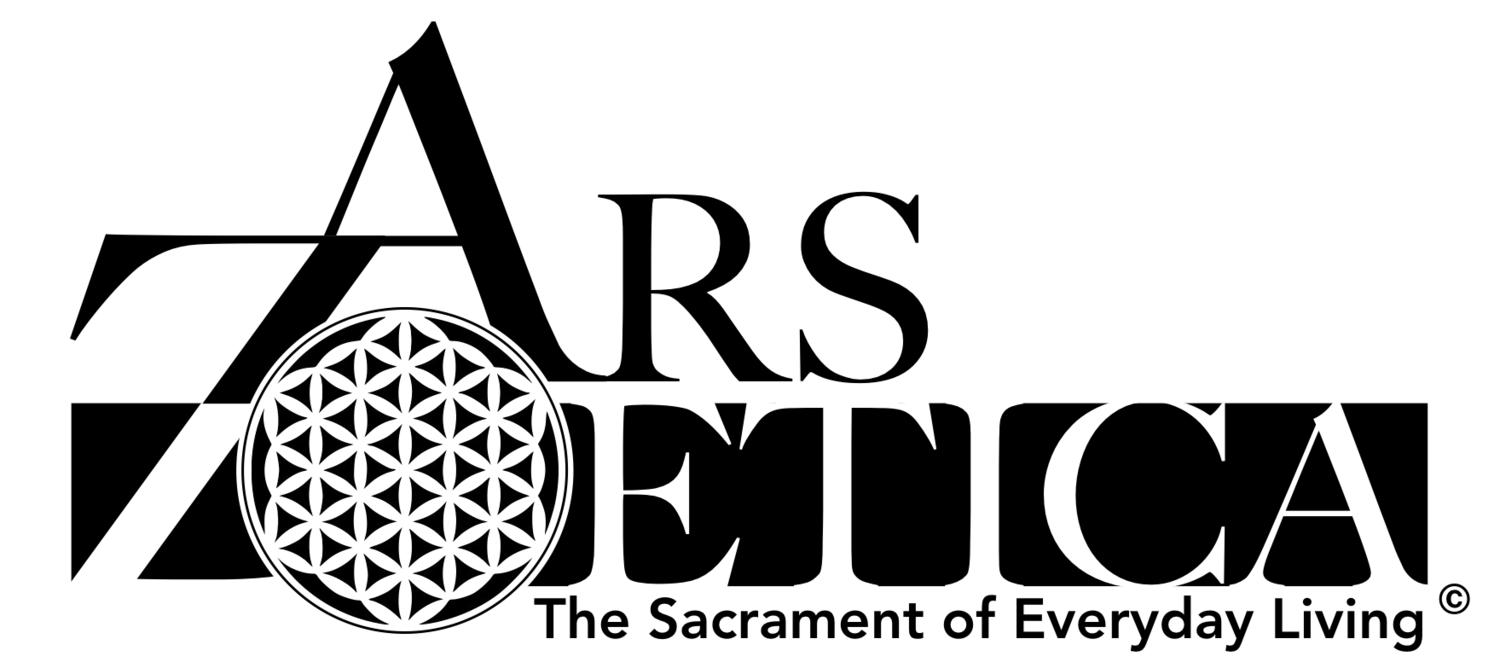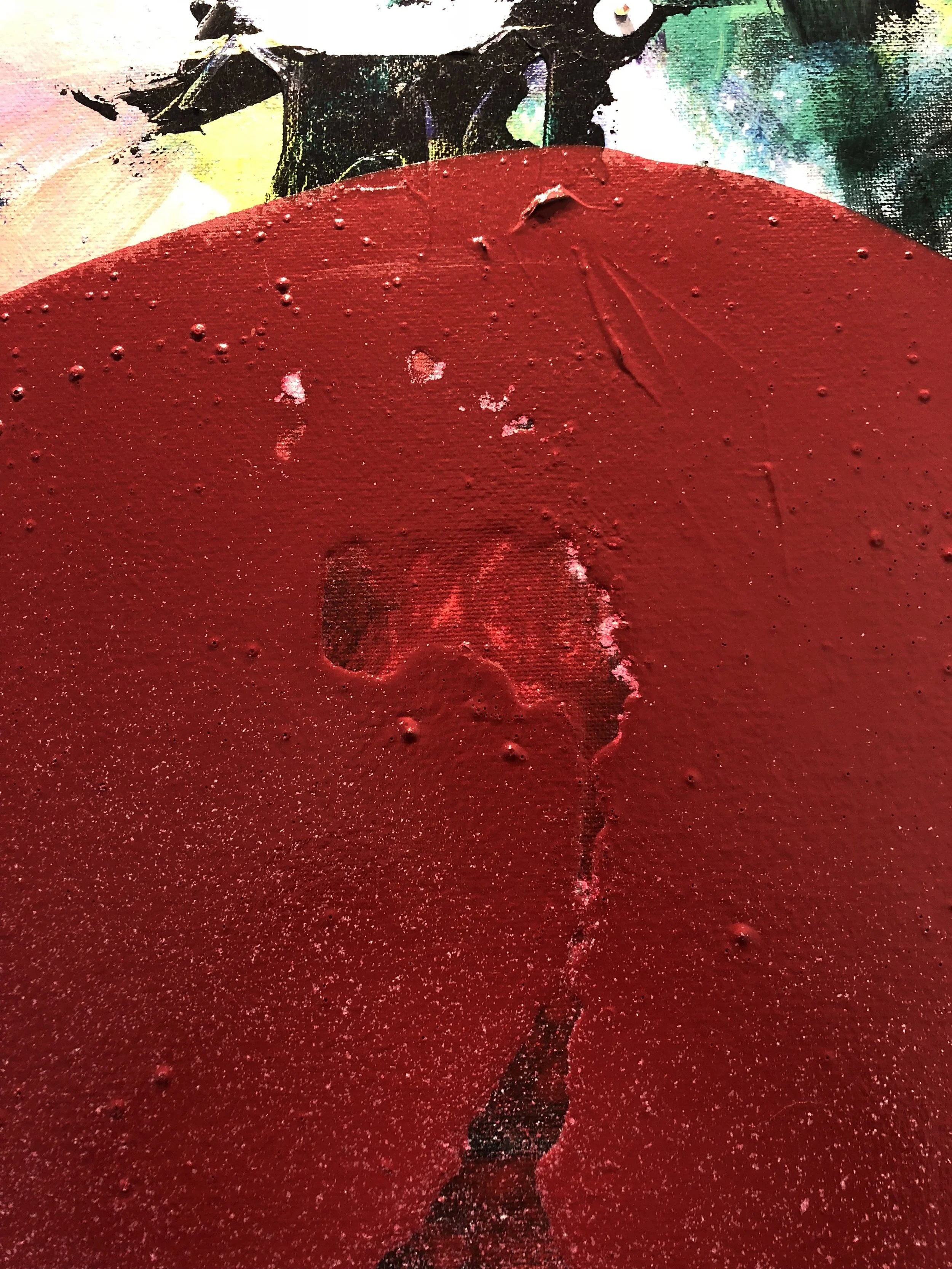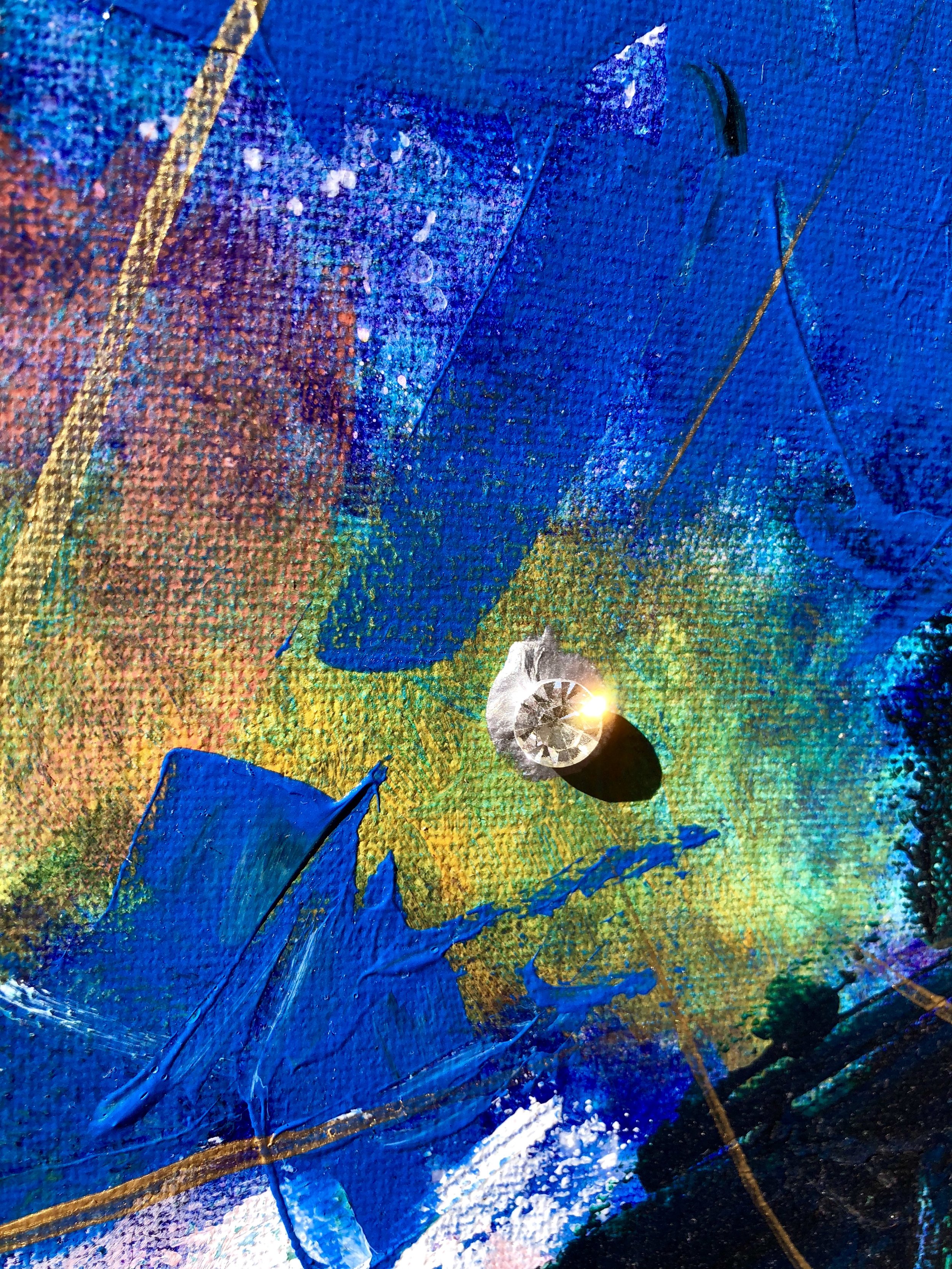Quantum Identity VII: Stepping Off the lotus
For a few years I have been pondering the idea of the statues of Buddha and Guanyin that show them gracefully extending their toe, like an offering, a tentative testing of the waters, or sometimes just a finger stretching beyond the lip of a sacred lotus, touching the ground. Of all religious statues, these are some of my favorites, and I love the idea that they symbolize the connection to reality for even ascended or enlightened celestial beings. (It is very similar to the idea that the sacred tortoise drags its tail in the mud, which I explore in another artwork here). What good is being ascended, spiritual, or enlightened, if it doesn't make the world better, or if it takes us from reality?
This got me thinking about how I left ministry twice, and the competing desires I had for recognition and for service (not to mention the competing motivations of genuine compassion and the constant struggle to assuage codependent feelings of never being good enough).
No matter what my spiritual practice may be, it does little good if I don't share the fruits of it with others.
I know so many people who are hungry to make a difference. I see churches and organizations who speak about this, but instead get bogged down in internal politics and the daily grind of maintaining an expensive building and meeting congregational needs. I see idealists getting stuck in soulless jobs who get so burned out they have no energy left for the world outside their office. I see passionate young ministers-in-the-making get shut down (and shut out) by judgment, tradition, or dream-killing liturgical hierarchy and competition.
For centuries, the red door has been a sign of welcome and sanctuary in both Christian and Asian buildings. In the Christian tradition it may represent the blood of Christ, through which no evil can pass. In Feng Shui it is auspicious and equally symbolic. The paint I used in this piece was left over from a church door restoration, and I thought it was deeply symbolic to use it as a type of threshold. I then dipped my foot into powdered mica, here representing the glittering world within our most cherished sacred spaces and the residue of that celestial plane spoken of in the Buddhist statues I mentioned earlier. I then stepped firmly onto that threshold of paint, leaving a trace of my foot and a small amount of the sparkling mica.
I really loved the damaged painting I had found in a local Goodwill store. I knew I didn't want to cover it completely, and I appreciated that someone really put thought into this piece. Was it thrown away because of the damage, or for some other reason? Art like this original piece is so subjective. Was the artist dissatisfied with her or his work? Did someone criticize it? Was it just some practice piece or a remnant of old therapy? Was it once cherished but no longer desired? Were bad memories attached to it? Did the artist die and have no one who wanted it?
Whatever the case may be, once I had the threshold poured and my footprint in place, I thought about the stories of our things and of our lives, the things thrown away and criticized and abandoned, and the people populating all those stories. I thought about the creatives who try to make a difference, who step down out of the realm of idea and inspiration and take the risk of making something. I thought about all the times I've faced criticism or obstacles, and all the ways early criticism drove me into ministry and emotional/energetic martyrdom, but how caring people have helped me forge a new way of giving that honors myself. I thought about how the universe outside the sanctuary threshold or the perfectly organized house is full of so many treasures - constellations of opportunities, beauty, relationships, and other gifts we can never truly savor if we stay inside our comfort zones.
I thought of the mess it makes to step into this way of being, how progress is often not perfect. Just as I would make a mess with thick red paint and mica flakes stuck to my foot, so too do we make a mess of things when we take our foot off the lotus, and place it onto something messier, less safe.
I also thought about the stories we make up about our safe places, the roles we take on in our churches, households, titles, credentials, and spiritual practices. What happens when we think we have achieved some level of morality, but fail to keep a foot on the ground? In Twelve Step work, we are encouraged to continue taking a personal inventory, lest we ever get lax about our recovery and development, and thus, put ourselves at risk for denial or relapse. I have lived in denial so often, or have felt at home in an unhealthy place because I failed to recognize that I was simply replaying my old dramas in a new context.
So this piece is dedicated to that idea of stepping out, stepping away from our structures, our beliefs, our self-righteousness, and even the limiting beliefs that make us pursue righteousness and enlightenment to the point that we become burned out or isolated in our seeking. This is about having a foot firmly planted outward, into the realm of growth and possibility, facing the unlimited connections we have yet to make with the beauty that may only reside "out there" in the unknown. This is about who we are, and who we are constantly becoming. This is about stepping off all of our lotuses, whether they be organizational, beliefs, limitations, compulsive martyrdom, or accomplishments - stepping off of anything that keeps us from being able to fully function as our continually evolving selves in this world - a world starving for authenticity and relationship.
Click on the photo to enlarge. Acrylics, church door paint, house paint, mica powder, footprint, vintage Swarovski crystals, damaged and discarded anonymous artwork on canvas.





